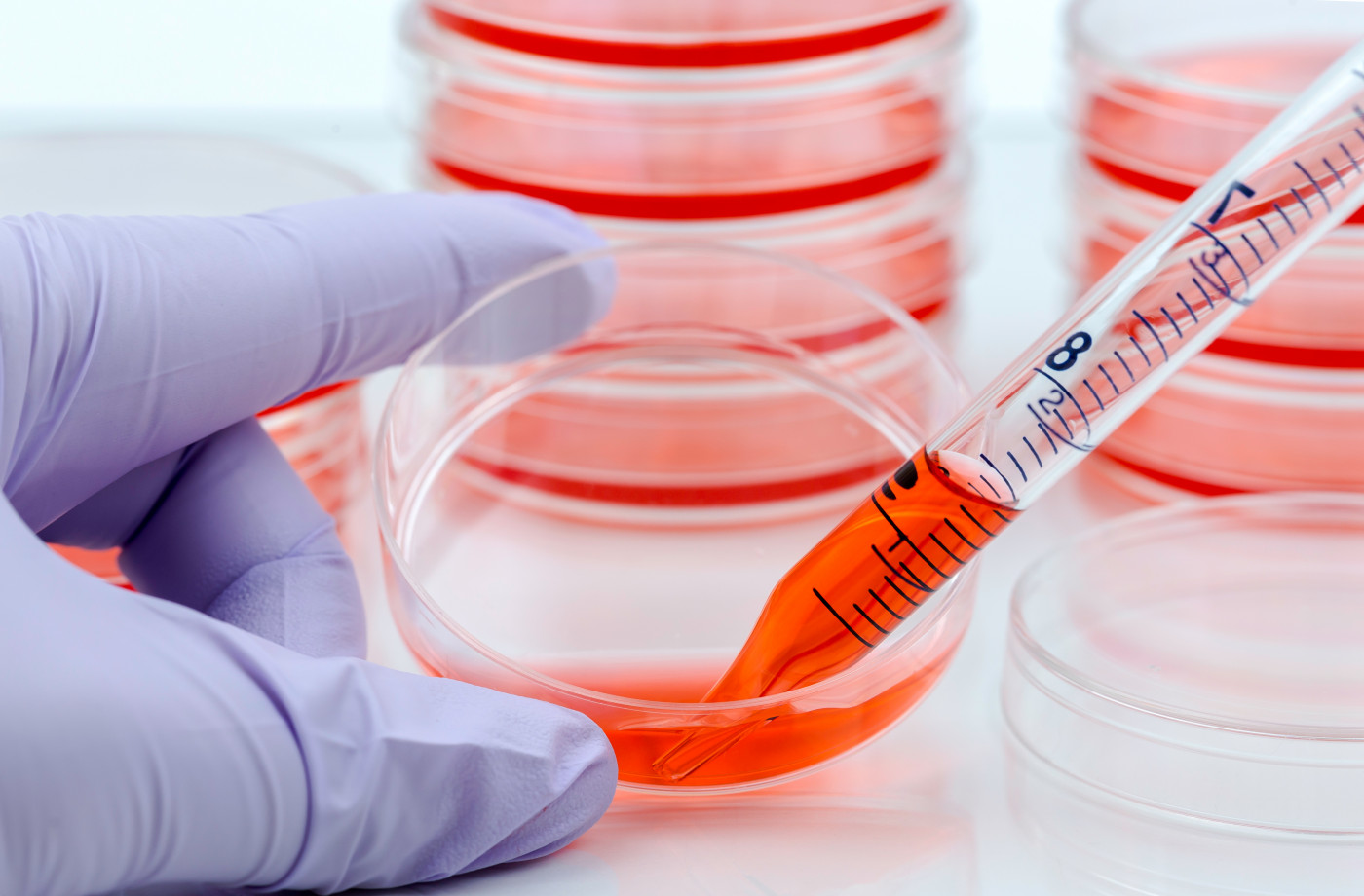LRP1 Protein Levels Linked to Blood Vessel Remodeling in PH, Study Suggests

Increased levels of a protein called LRP1 may lead to blood vessel remodeling in pulmonary hypertension (PH) by causing changes in pulmonary artery cells that favor their proliferation, a study suggests.
The study, “LRP1 promotes synthetic phenotype of pulmonary artery smooth muscle cells in pulmonary hypertension,” was published in the journal Biochimica et Biophysica Acta (BBA) – Molecular Basis of Disease.
Impaired communication between endothelial cells — those that line blood vessels — and smooth muscle cells (SMCs) plays a key role in PH.
Following injury and endothelial cell impairment, SMCs experience a switch from a contractile, or differentiated, form to a so-called synthetic phenotype. This altered cell version is characterized by abnormally improved survival, proliferation, and migration, as well as by increased production of extracellular matrix (ECM) components. Accumulation of ECM proteins — which provide structural and biochemical support to cells — and stiffening of the blood vessels’ walls may ultimately lead to enlargement of the heart’s right ventricle, and heart failure.
LRP1 is known to be involved in the cellular uptake of proteins, including those of the ECM and growth factors, but also of proteins that contribute to cellular signaling and inflammation. The protein is produced at high levels in SMCs, where it regulates cellular function. Prior studies showed that cells lacking an LRP1 gene switch to the synthetic phenotype, undergoing increased proliferation and migration.
Despite this evidence, the role of the LRP1 protein in the regulation of pulmonary artery SMCs in the context of PH remains unclear. To take a closer look at this, a research team from Germany, Austria, and Russia evaluated mouse and rat models of PH, as well as lung tissue collected from 24 patients with idiopathic pulmonary arterial hypertension (IPAH), at a mean age of 41.7 years, 72% of whom were women, and from 28 age- and sex-matched controls.
Results revealed increased levels of LRP1 protein in the lungs and pulmonary artery SMCs of IPAH patients in comparison to controls. In keeping with these findings, mice and rats with PH also showed higher levels of LRP1 in their lungs. Further experiments showed that this difference was due to improved stability of the protein in PH cases.
Then, when they analyzed isolated pulmonary artery SMCs, the team found that a key PH mediator called platelet-derived growth factor (PDGF)-BB could promote LRP1 production, an effect partially suppressed with a PDGF-BB neutralizing antibody or the PDGF receptor blocker imatinib (marketed as Gleevec by Novartis as an anti-cancer treatment). Imatinib also lowered LRP1 production in mouse lungs.
Depleting the LRP1 protein significantly reduced pulmonary artery SMCs proliferation, while it increased their migration and adhesion potential. This was associated with changes in levels of biomarkers, such as higher myocardin and alpha-SMA, and lower collagen I and fibronectin, which indicate that low LRP1 levels may support differentiation into the contractile type of SMCs.
Subsequent experiments in 3D mouse lung tissue cultures revealed that genetic deletion of the LRP1 gene increased RNA levels of several proteins, including tenascin C, TIMP3, MMP8, and collagen XV, among others. The amounts of MMP13, 14, and 15, as well as of alpha1 and beta1 integrins, were decreased.
Further investigation on the role of beta1 integrin, a cell membrane receptor of ECM signals, showed that this protein is critical for the effect of LRP1 on the proliferation of pulmonary artery SMCs. Levels of beta1 integrin were increased in SMCs from IPAH patients compared with controls. Suppressing LRP1 gene expression markedly lowered beta1 integrin levels in patients’ cells, suggesting their association in the disease.
Based on these findings, the team concluded “that LRP1 may control [pulmonary artery SMCs] activities and thus contribute to vascular remodeling in PH.”
Additional studies are warranted to better understand if higher levels of LRP1 in PASMC isolated from IPAH lungs “tries to compensate or rather propagates vascular damage,” the researchers wrote.







